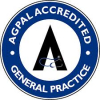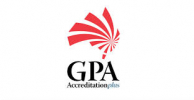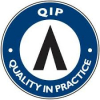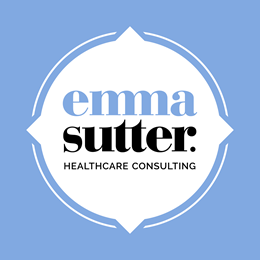Accreditation
General Practice / Allied Health / Radiology and Day Hospital Accreditation
NEED ASSISTANCE WITH YOUR ACCREDITATION?





The words Accreditation/Re-Accreditation can be daunting to Healthcare Professionals/Practice Managers/Nurses and staff as they can mean many long hours of preparation together with sleepless nights.
We can assist to minimise this stress and take a lot of the hard work off your hands so that you can focus on patient care and the day to day running of your practice.
Achieving accreditation shows patients that General Practice/Allied Health (Physio and Podiatry)/Radiology and Day Hospitals are serious about providing high quality, safe and effective care to standards of excellence determined by the healthcare professional.
As a leader in the accreditation process we will ensure that all criteria are met and completed in a smooth and timely manner with a positive outcome that will not only improve practice performance, efficiencies and outcomes but also reduce business risk.
Other benefits include:
- Provide credible assurance about the quality of care/service provided.
- Reduce business risk, ensure compliance with regulators and assist with governance.
- Create a competitive advantage over practices that are not accredited which can increase market share.
- Educate and engage staff in the provision of service and build a culture of quality.
- Enhance patient focus by ensuring that their expectations are met.
- Can obtain Practice Incentive Program (PIP) only when accredited or registered for accreditation against the RACGP standards for general practice. Practices must achieve full accreditation within 12 months of joining the program and maintain full accreditation thereafter.
Depending on your needs, we can be involved in a variety of ways including (but not limited to):
- Initial 1-2 day organisation review assessment including an accreditation checklist.
- Reviewing and writing policies and procedures (e.g. Policy and Procedure Manual for 5th standards including social media policy, email policy, privacy policy, etc)
- Human Resources including employment contracts, job descriptions, orientation programs, performance appraisals and confidentiality policies
- Work Health and Safety including workplace inspection checklist, development of a WH&S Committee, emergency procedures, triage processes, infection control manual, waste management, risk management/assessment and the risk registry.
- Writing a Business Plan
- The accreditation process from the initial application through to the final site visit.
- Provide a checklist of the new MUST and COULD indicators
- Provide “MOCK” survey visits.
There are a couple of accreditation frameworks depending on the type of practice/accreditation program.
Moving to the new RACGP 5th Edition Standards for General Practice?
General practice accreditation is independent recognition that your practice is committed to delivering safe and high-quality health care to your patients by complying with the Royal Australian College of General Practitioners (RACGP) Standards for General Practice.
Accreditation recognises the achievements of health care teams to meet the requirements of established Standards. The process is implemented with the goal of safe, high quality health care and continuous quality improvement of a health care service.
The 3 core criteria which MUST be met if a general practice or health service wants to be accredited against the RACGP standards are:
- The practice or health services operates within the model of general practices described in the RACGP definition of general practice
- General practitioner services are predominantly of a general practice nature
- The practice or health service is capable of meeting all mandatory indicators in the Standards.
The accreditation standards focus on a range of areas including:
Module 1 – Core Module
Communication and patient participation
Rights and needs of patients
Practice governance and management
Health promotion and preventative activities
Clinical management of health issues
Information management
Content of patient health records
Education and training of non-clinical staff
Module 2 – Quality Improvement
Quality improvement
Clinical Indicators
Clinical risk management
Module 3 – General Practice
Access to care
Comprehensive care
Qualification of our clinical team
Reducing risk of infection
The medical practice
Vaccine potency
To maintain currency practices must undergo accreditation every three years.
There are three Australian approved agencies that can be used for General Practice accreditation:
- AGPAL Group of Companies (AGPAL)
- The Australian Council on Healthcare Standards (ACHS)
- Quality Practice Accreditation (GPA)
Accreditation for Allied Health, Radiology and Day Hospitals
Approved agencies that can be used are:
- Quality Innovation Performance (QIP)
- The Australian Council on Healcare Standards (ACHS)
The six steps in the accreditation process are typically:
- Registration with accreditation agency
- Self-assessment
- Application for accreditation
- On-site or desktop survey assessment
- Decision, and
- Monitoring and continuous quality improvement
The accreditation cycle length varies depending on the program. Some accreditation and certification programs may also include a mid-cycle review.
Services can be customised to suit your needs and budget.
For Further information please contact me

